Zanzibar and its lesser neighbors, Pemba and Unguha, have been known in the past as “The Spice Islands” because of their spice production. This is not to be confused with the islands made famous by Captain Cook and currently known as “The Spice Islands”, which are actually the Maluku Islands in the South Pacific.
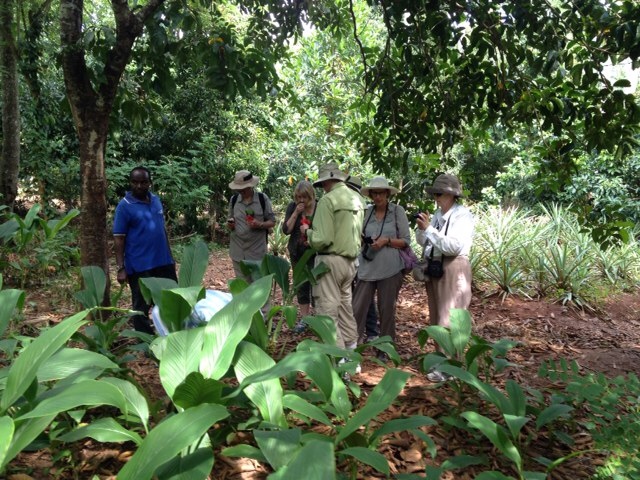
The spice farm we visited is forest garden, with plants widely distributed and most spices and herbs grown in shade. It is an organic farmer's dream, the opposite of a monoculture production farm.
When the spice and tea trade abandoned the long, dangerous overland route known as “The Silk Road” and took to the sea, the Portuguese found Zanzibar well-situated with climate, cheap labor and easy sea access for growing spices for Europe. The Omanis expanded the spice plantations when they took control in the 19th century, making it famous for its clove production. It was said that sailors could tell they were approaching Zanzibar because of the scent of cloves in the sea air.
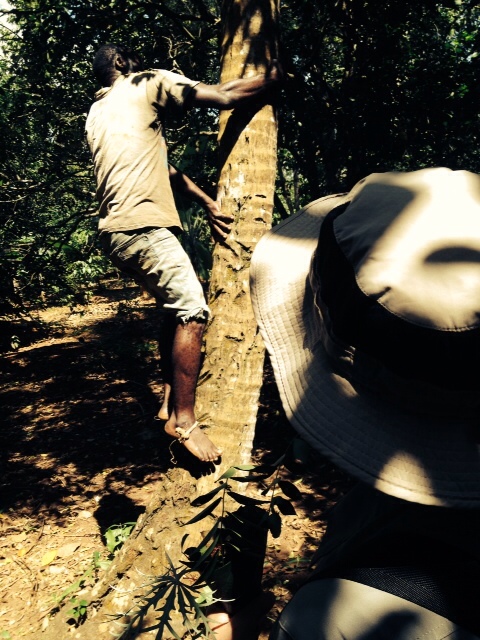
Here's the showmanship part. Notice the rope hobble that ties his feet together to make climbing easier. Stop back for the video--he sings as he climbs! I'll load it as soon as I get sufficient wi-fi....
Today, spice production is distributed throughout the world and Zanzibar largely produces spice, herbs and fruit for its own population and for tourists. Spice farm tours remain a staple on visitors’ itinerary.
We visited a private spice farm near Mgare, which was actually a spice, herb and fruit farm. Our tour was part botany and part showmanship. Below is a sampling of what we found.
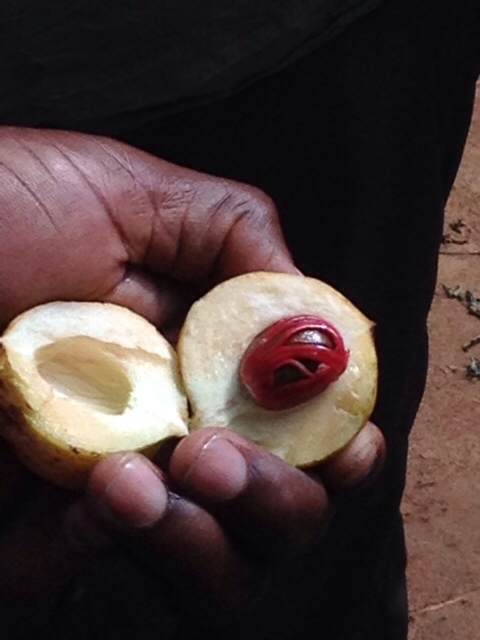
This one's cool--nutmeg! The pliable red helmet that wraps the kernel is used as an aphrodisiac, while the kernel is used for cooking.
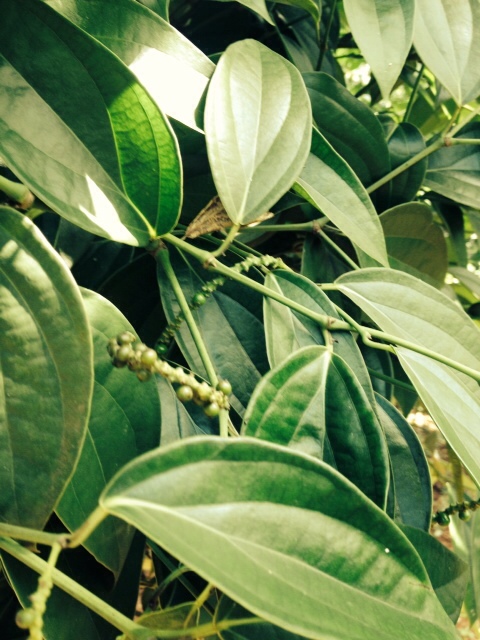
Pepper anyone? Black, green and red pepper come from this same seed we were told--it just depends when it is harvested.




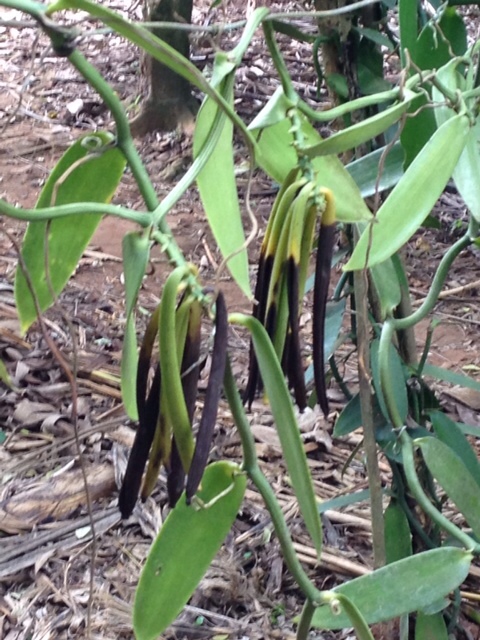
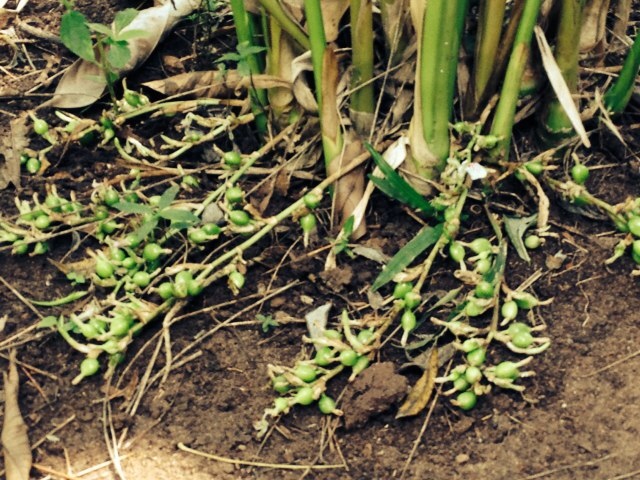
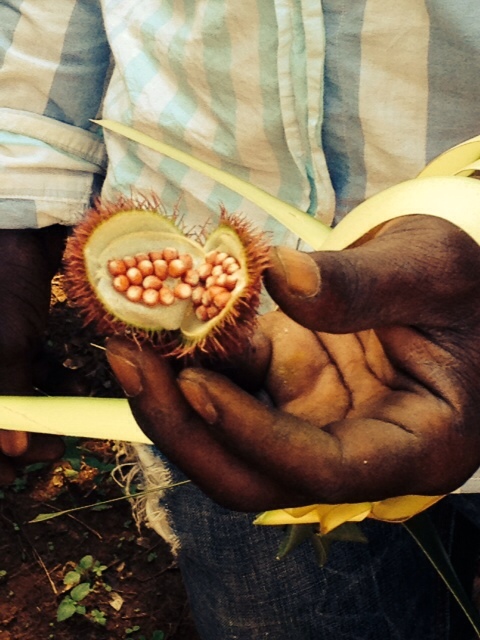
Thx Jack! I love reading about your travels. The red curry is beautiful. Who knew?!
And also cardamom is my favorite spice. Yum!